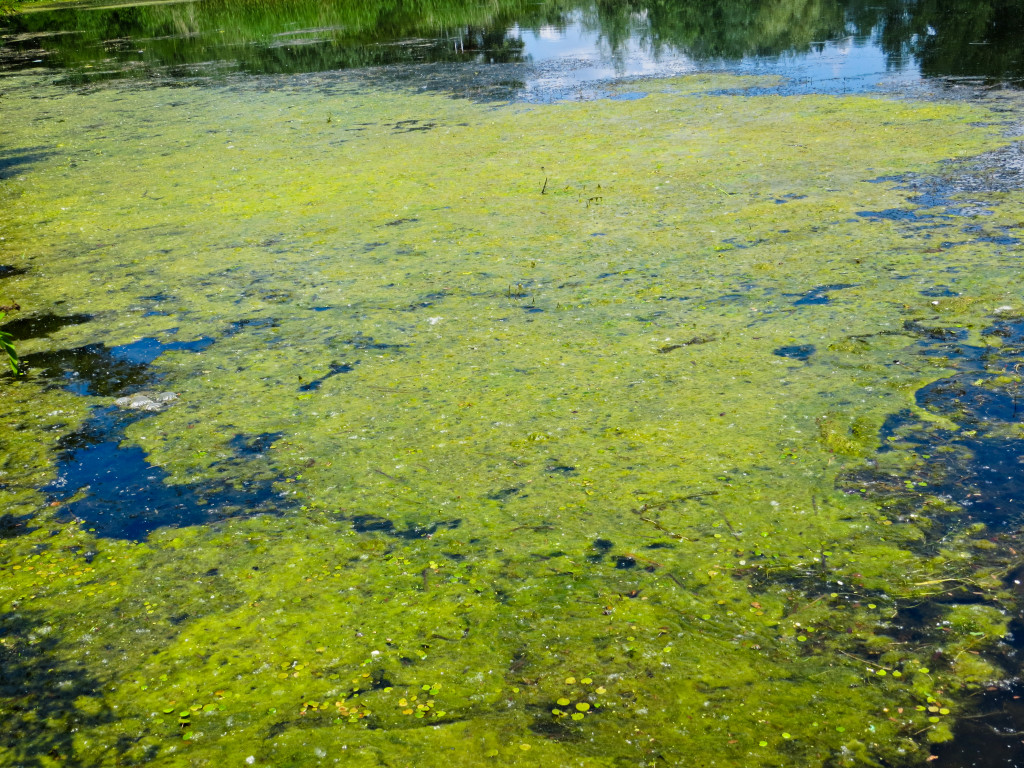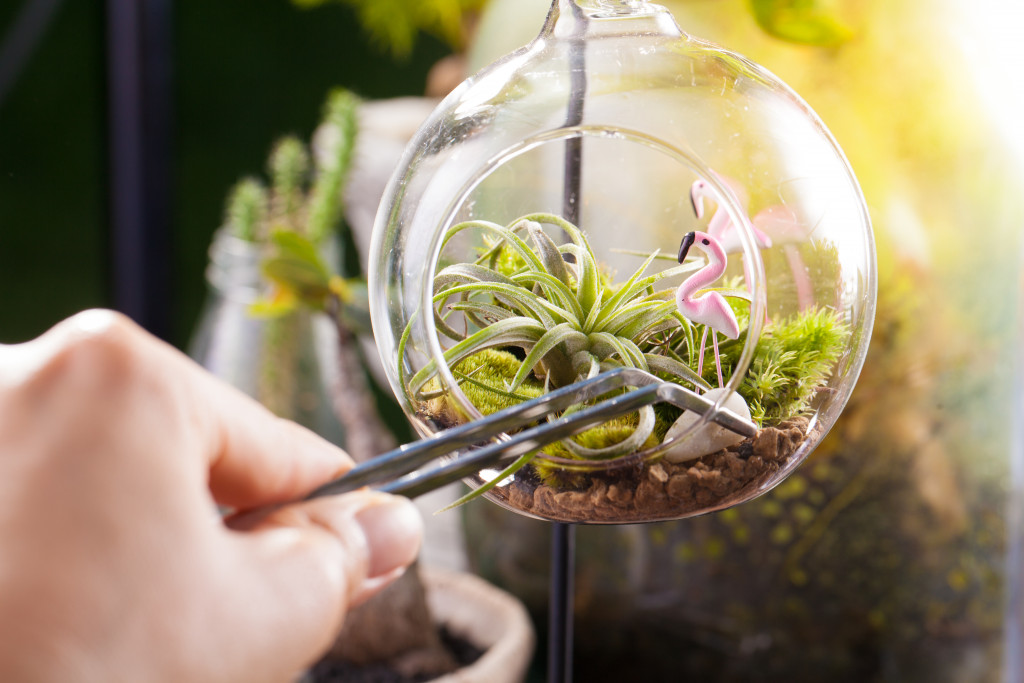Moss is a common element in traditional gardens in Japan. The Saihōji, a Unesco World Heritage Site located in Kyoto, is a centuries-old temple dating back from the Nara Period. It is more popularly known as Kokedera or Moss Temple because it is home to an estimated 120 different varieties of moss.
The Japanese people have long been fond of moss because of its understated beauty. Even today, moss is present in parks and gardens. Japan’s rainy and humid climate is perfect for the country’s over 1,700 varieties of moss to thrive.
Moss is used in different ways. In the case of the Saihōji, moss covers the entire garden in a green carpet. Others use it in small patches to give the space an ancient and natural appeal.
Moss, when used correctly, can be a great addition to any home. It is used in the Zen aesthetic because it aids in creating a calm and peaceful environment.
When Moss is a Nuisance
Moss can grow everywhere. The hardy vegetation can be found from tropical rainforests of the Philippines to the frozen deserts of Antarctica. It is also common to see moss growing near and around houses.
It is a pretty common sight to see the green stuff growing almost everywhere in the U.S. Pacific Northwest, where it is often cool and wet. Moss, after all, loves and thrives in moist conditions.
But, sometimes, moss grows in places where it should not be. Moss can be found on walkways and driveways, on sidings and shingles, and even the roof.
Although, on its own, it is not destructive, there are reasons why homeowners want to get rid of moss that suddenly appears in different areas of the house.
Moss does not need soil to gain nourishment and survive. It can subsist on moisture and sunlight while perched on top of rock, concrete, metal, or glass.

You might also see moss growing on windows, where it can block sunlight from entering the house. In warm climates, a layer of moss can lower the ambient temperature and cool the environment. However, in cool climates, homes need warmth from the sun. Otherwise, they will have to crank up the heating indoors.
Moss can also start to take over roofs and gutters. When it does, it can cause damage. Because moss soaks up water, eventually, it can get heavy. On the roof, it can put unwanted stress on the material that may lead to cracks and leaks. In the gutter, it can cause sagging and make the system pull away from the house. Moreover, moss will clog the gutter, preventing rainwater from being drained where it should.
Homeowners should regularly avail of window and gutter cleaning services to ensure no moss grows on these vital surfaces. The roof, too, needs regular maintenance.
When Moss is Dangerous
Moss is more than just an aesthetic issue. It can also be a safety risk. Moss can also grow on pathways that are under shaded spots and if there are trees or other plants around. It can also grow on paths with poor drainage, and, therefore, moisture is present for a long time.
It is a problem because moss is very slippery. It can cause someone to fall and sustain an injury, especially during rainy weather. Even if it lends an otherworldly appeal, it is recommended that homeowners remove moss from walkways and driveways for safety purposes.
Using Moss Strategically
You can still reap the benefits of moss without waiting for it to grow where you want it to. More people are using moss as a decorative feature at home, both indoors and outdoors. The common land plant is easily accessible through gardening and home improvement supply stores.
You can lay your stater moss over the ground area you want to cover. You would not need to do much after that; keep it hydrated at all times and keep it away from sunlight to prevent it from drying out.
If you want to add moss to a structure, such as a vertical wall or a plank of wood, you can create a moss mixture and apply it to the surface. You can write or draw using the moss mixture. Keep it moist by misting it once a week and display it in an area that does not get direct sunlight.
Moss has gained popularity as a design feature indoors and outdoors, but it can be a nuisance sometimes. It grows in places where it should not be. At best, it causes inconvenience. At worst, it can be a safety risk.



